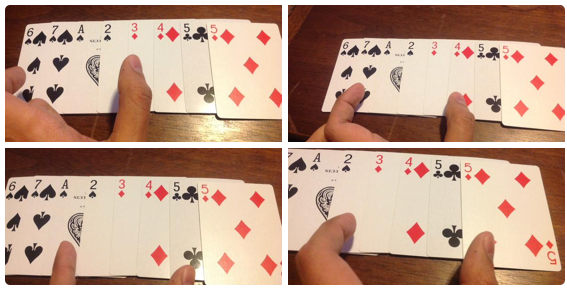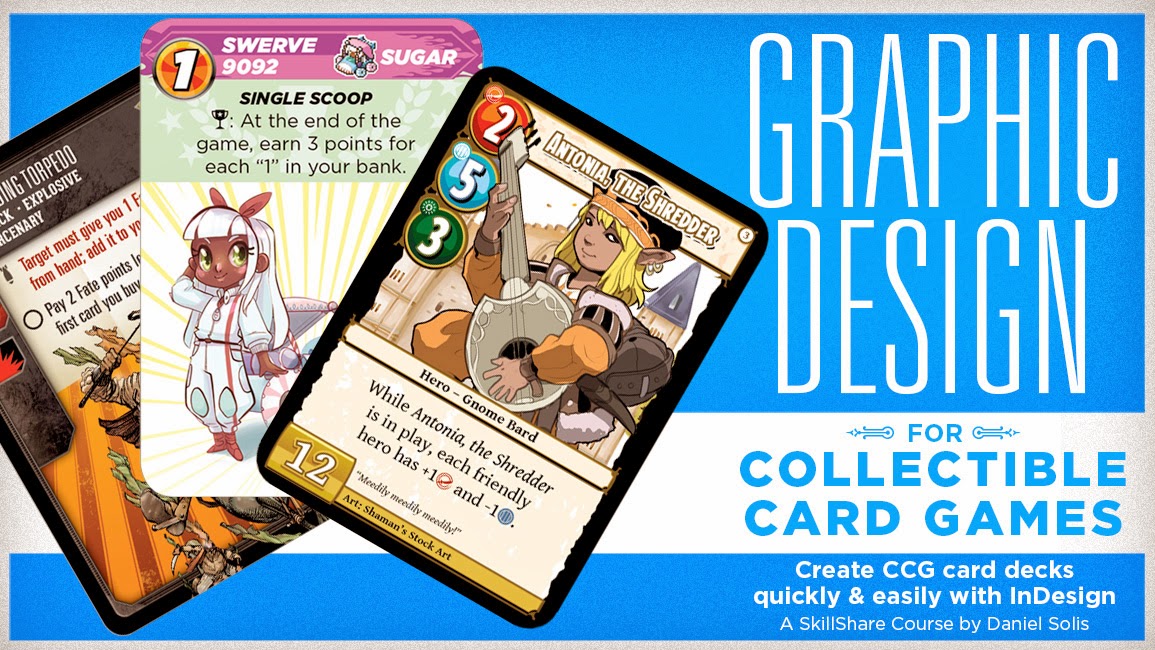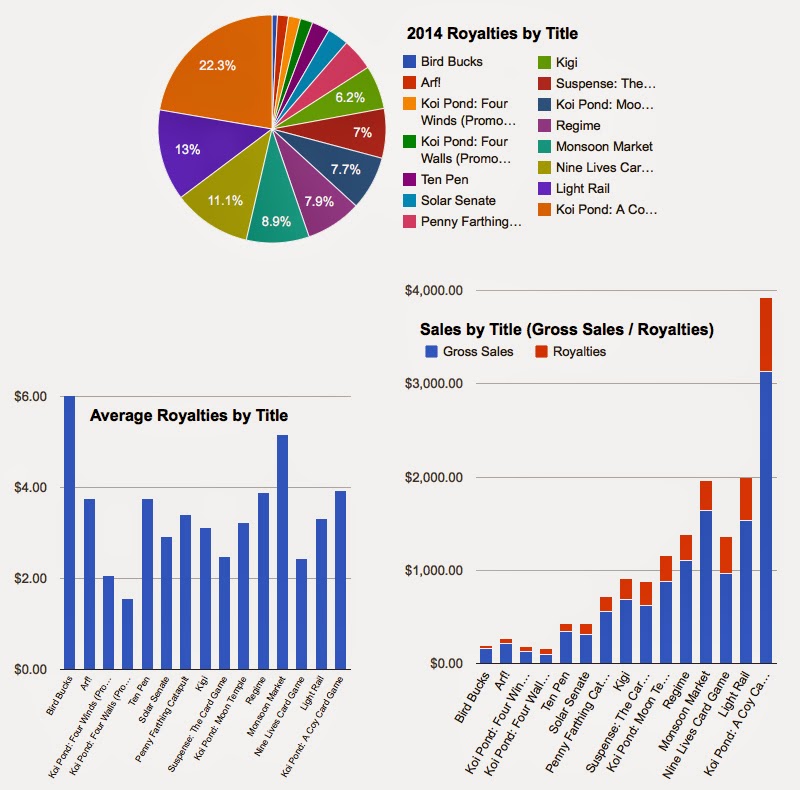A Quick Guide to Color-Coding in Tabletop Games
Inspired by this week's #BoardGameHour discussion of disabilities and access to tabletop games, I made this quick guide to color-coding. Boy howdy, did this blow up on Twitter. It's by far my most RTed and faved tweet. Below is the text from the image. Quick Guide to Color-Coding in Tabletop Games Color perception problems can happen to anybody. Whether caused by poor lighting, printing errors, or an eye condition, there is a very simple solution any graphic designer can use. Instead of using colors alone... [Image: Line of Colored Circles] “Double-code” with a correlated visual cue, like an embedded icon... [Image: Line of Colored Circles, each with a different black shape centered inside.] and unique card border or background. [Image: Line of sample card borders, each with varying corners and line quality] Uniquely textured, screenprinted, or shaped components can help, too. Group each color with one or two other visual cues that are high contrast, easy to see in low li...




